Fexapotide (CAS 492447-54-8) | NX-1207 Free Acid for LUTS & BPH Research | GMP Supplier
原价为:$18.00。$13.00当前价格为:$13.00。
Fexapotide (NX-1207 free acid) is a synthetic peptide compound that selectively induces apoptosis in prostate cells, reducing tissue volume. It is a research tool for lower urinary tract symptoms (LUTS) and benign prostatic hyperplasia (BPH) studies. Supplied in GMP-grade form for reliable laboratory applications, suitable for wholesale and retail. For laboratory research use only.
描述
Product Description
Fexapotide, known by its research identifier NX-1207 free acid, is a novel synthetic peptide designed for targeted induction of apoptosis in prostatic cells. Unlike conventional pharmaceutical approaches that non-selectively affect tissue growth or hormonal pathways, Fexapotide offers a cellular-level mechanism, selectively triggering programmed cell death in hyperplastic prostate tissue. This specificity is crucial in laboratory research models of lower urinary tract symptoms (LUTS) and benign prostatic hyperplasia (BPH), providing a controllable and reproducible experimental tool.
Chemically, Fexapotide is a small peptide compound, engineered for stability and solubility in standard aqueous laboratory buffers. Its high affinity for prostatic cell membranes allows for rapid internalization and activation of apoptosis pathways. Preclinical studies demonstrate that Fexapotide reduces prostate volume effectively, normalizing tissue architecture while sparing non-prostatic tissues, making it an ideal model to study cellular proliferation, apoptosis, and tissue remodeling in BPH models.
Fexapotide’s research applications extend to pharmacodynamic studies, where investigators examine the kinetics of apoptosis induction, dose-response relationships, and time-dependent tissue regression. The peptide has been evaluated in rodent and non-human primate models, consistently showing volume reduction and histological improvements without significant systemic toxicity. These characteristics make it invaluable for laboratories conducting mechanistic studies of apoptotic regulation, therapeutic efficacy, and biomarker identification in prostatic disorders.
Manufactured in GMP-certified facilities, Fexapotide ensures high purity, reproducibility, and batch-to-batch consistency, essential for both wholesale and retail laboratory supply. The lyophilized peptide format guarantees long-term stability under recommended storage conditions and allows for flexible reconstitution according to experimental protocols.
Researchers appreciate Fexapotide for its precision targeting and reproducible outcomes, particularly in exploratory and preclinical studies of LUTS and BPH. Its peptide nature provides a foundation for mechanistic studies exploring apoptotic signaling, androgen-independent tissue regression, and the potential synergistic effects when combined with other pharmacological agents.
?? Disclaimer: Fexapotide is intended strictly for laboratory research use only. It is not suitable for human or veterinary administration.
Product Specifications
| Parameter | Details |
|---|---|
| Product Name | Fexapotide (NX-1207 free acid) |
| Synonyms | NX-1207 free acid, Fexapotide peptide |
| CAS Number | 492447-54-8 |
| Molecular Type | Synthetic peptide |
| Purity | ? 98% (HPLC) |
| Appearance | White to off-white lyophilized powder |
| Solubility | Soluble in aqueous buffers, DMSO-compatible |
| Stability | Stable for ? 24 months in lyophilized form |
| Storage Conditions | Store at -20°C; avoid repeated freeze-thaw cycles |
| Mechanism | Selective induction of apoptosis in prostatic cells |
| GMP Compliance | Manufactured in GMP-certified facility |
| Application | Laboratory research on LUTS, BPH, apoptosis studies, tissue volume reduction |
| Availability | Wholesale and retail supply |
| Experimental Models | Rodent, non-human primate, and ex vivo prostate tissue models |
| Safety Considerations | Handle with standard laboratory precautions; research-use only |
The specifications are optimized to provide laboratory researchers with complete experimental confidence, ensuring consistent peptide quality for apoptosis studies, dose-response analysis, and tissue morphology investigations. The GMP certification underscores its suitability for high-fidelity preclinical research.
Mechanism of Action & Research Applications
Fexapotide exerts its biological activity through selective induction of apoptosis in hyperplastic prostatic cells. Apoptosis, a tightly regulated form of programmed cell death, involves caspase activation, mitochondrial membrane potential disruption, and nuclear condensation, all of which are observed following Fexapotide treatment in preclinical models.
Mechanism Overview:
-
Selective Cell Membrane Interaction:
Fexapotide preferentially binds to molecular markers present on prostatic hyperplastic cells. This selective binding ensures minimal off-target effects in surrounding tissues. -
Caspase Cascade Activation:
Upon internalization, Fexapotide triggers intrinsic apoptotic pathways. Activation of caspase-3, -7, and -9 results in controlled degradation of cellular components and reduction of tissue volume. -
Mitochondrial Depolarization:
The peptide facilitates mitochondrial membrane permeability changes, releasing cytochrome c into the cytoplasm and promoting apoptosis through mitochondria-mediated signaling. -
DNA Fragmentation and Cellular Regression:
Nuclear DNA undergoes fragmentation, and cellular shrinkage follows, effectively reducing prostate tissue size in experimental models.
Research Applications:
-
Lower Urinary Tract Symptoms (LUTS) Models:
Fexapotide allows researchers to study cellular and tissue-level mechanisms underlying urinary obstruction and hyperplasia-induced LUTS. Dose-response studies can correlate apoptotic rates with functional improvement in rodent bladder models. -
Benign Prostatic Hyperplasia (BPH) Research:
Preclinical studies demonstrate that Fexapotide reduces hyperplastic prostate volume, improves histological architecture, and provides a platform for screening novel BPH therapies. -
Apoptosis Mechanism Studies:
Researchers can utilize Fexapotide to investigate intrinsic and extrinsic apoptotic pathways, measure caspase activation, mitochondrial dynamics, and assess tissue remodeling. -
Combination Therapy Investigations:
Fexapotide serves as a foundation for evaluating synergy with other compounds targeting androgen signaling, inflammatory pathways, or cellular proliferation in prostate tissues. -
Pharmacodynamics and Pharmacokinetics:
Experimental models allow for detailed studies of dose-dependent apoptosis induction, tissue distribution, and degradation kinetics, critical for understanding peptide behavior in vivo. -
Translational Research Value:
By providing rapid and selective cellular apoptosis, Fexapotide models mimic the therapeutic mechanisms aimed at BPH and LUTS in humans, offering a bridge for preclinical exploration of potential clinical interventions. -
Histological and Biomarker Analysis:
Researchers can combine Fexapotide treatment with immunohistochemistry or gene expression analysis to explore apoptotic biomarkers, tissue remodeling proteins, and cellular signaling responses.
In summary, Fexapotide enables comprehensive exploration of prostate apoptosis, tissue regression, and therapeutic modeling in BPH and LUTS research. Its specificity, reproducibility, and GMP-grade quality make it an indispensable tool in preclinical laboratories.

Potential Side Effects (For Reference in Research Models )
While Fexapotide demonstrates selective apoptosis, preclinical studies highlight observable experimental effects relevant for laboratory planning:
-
Targeted Tissue Effects:
-
Prostate tissue volume reduction, histological regression, and decreased cellular density in hyperplastic regions.
-
Minimal off-target cytotoxicity observed in surrounding non-prostatic tissues.
-
-
Apoptotic Marker Variability:
-
Caspase activation levels can vary with peptide concentration and tissue penetration.
-
Researchers must titrate dosage for reproducibility.
-
-
Inflammatory Response:
-
Mild local inflammatory responses may occur in vivo, relevant for ex vivo tissue studies.
-
These reactions provide additional data for inflammatory modulation studies.
-
-
Dose-Dependent Cytotoxicity:
-
High concentrations can increase apoptosis beyond intended targets.
-
Careful dose-response calibration is recommended.
-
-
Pharmacokinetic Considerations:
-
Peptide stability can be affected by repeated freeze-thaw cycles.
-
Lyophilized form ensures stability for experimental timelines.
-
-
Experimental Model Observations:
-
Rodent models may show transient urinary changes related to tissue volume reduction.
-
Non-human primate studies require careful monitoring for off-target peptide distribution.
-
?? These observations are for research reference only. Fexapotide is not for human or veterinary use. Researchers should follow institutional safety protocols and handle all reagents under standard laboratory conditions.
Disclaimer
For laboratory research use only. Not for human or veterinary use.
Keywords
-
Fexapotide
-
NX-1207 free acid
-
Apoptosis inducer peptide
-
BPH research peptide
-
LUTS research compound
-
GMP peptide supplier Fexapotide
-
Laboratory apoptosis peptide
-
Preclinical prostate tissue research
-
Selective prostatic cell apoptosis
其他信息
| 重量 | 0.8 公斤 |
|---|---|
| 尺寸 | 53 × 42 × 53 厘米 |


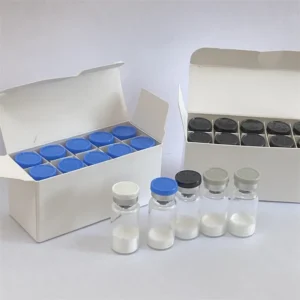
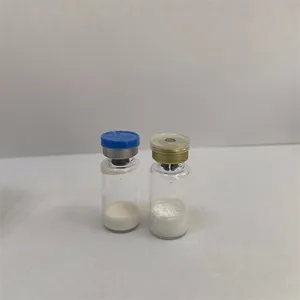
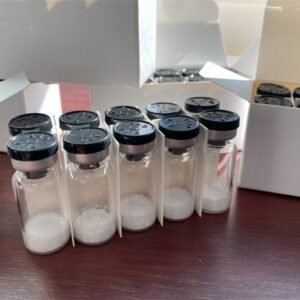
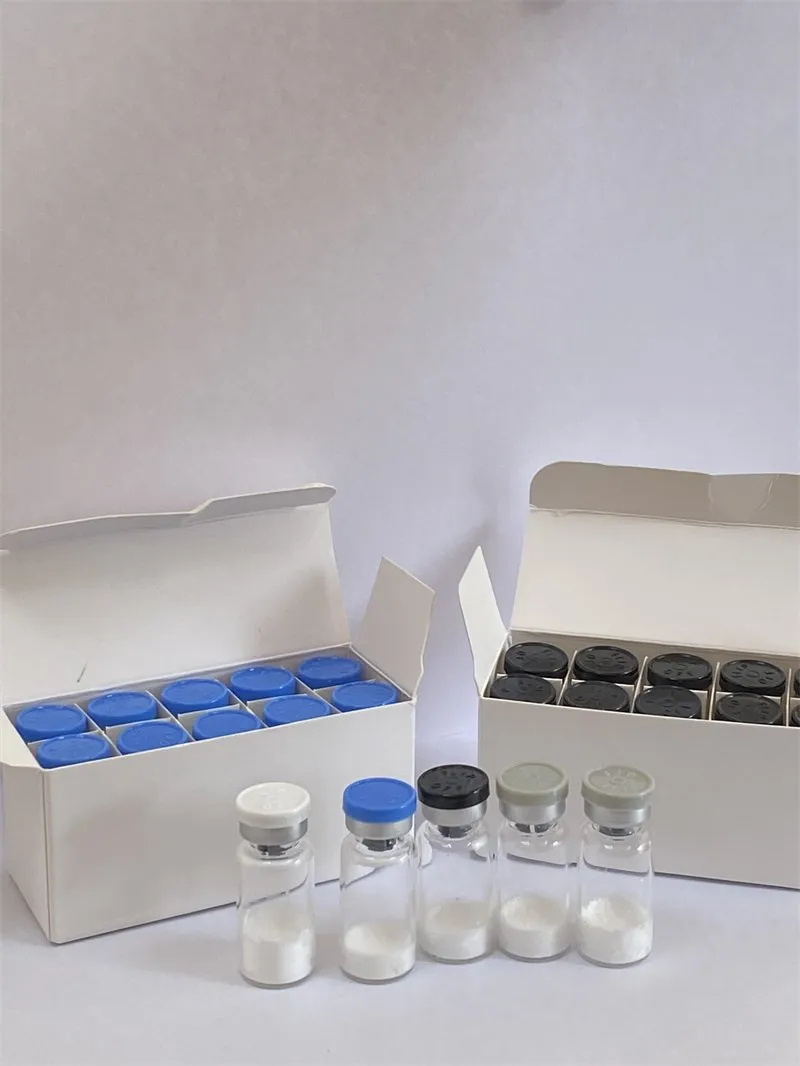
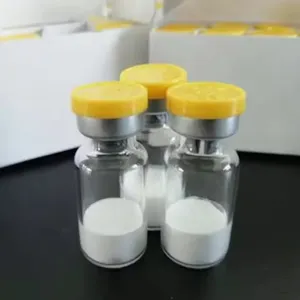
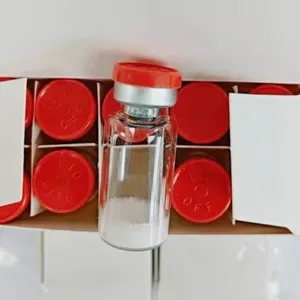
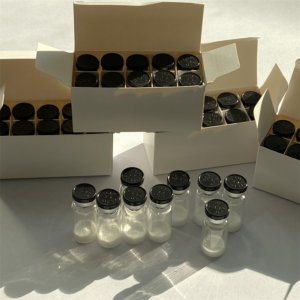
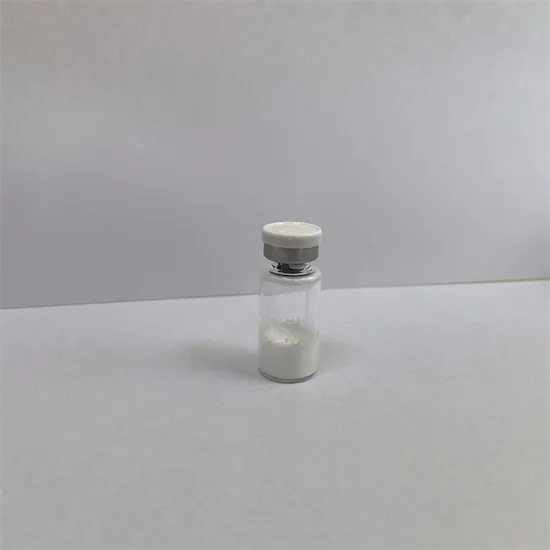
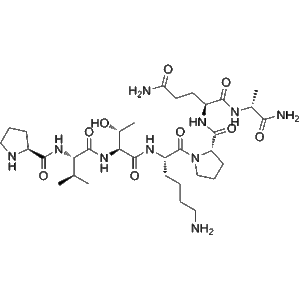

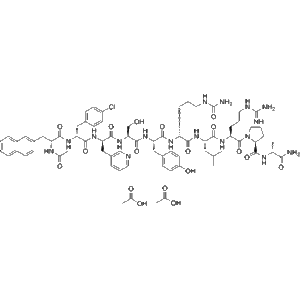


评价
目前还没有评价